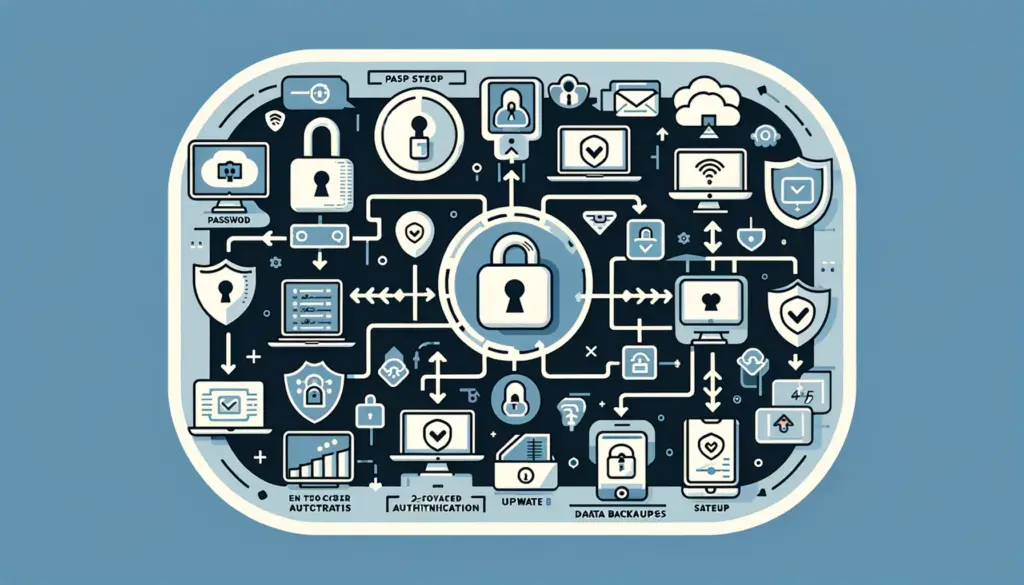In the rapidly evolving world of cyber threats, 2023 has become a pivotal year for small and medium-sized businesses (SMBs). With digital transformation on the rise, these businesses face unique challenges, often lacking the robust cybersecurity practices of larger corporations. This blog post delves into the current threat landscape, explores future trends, and provides actionable strategies to help SMBs bolster their defenses and stay ahead of potential cyber threats.
The Current Threat Landscape:
Ransomware Attacks:
- Description: Malicious software that encrypts a user’s data, demanding payment for its release.
- Impact on SMBs: Limited resources make SMBs attractive targets for attackers seeking quick payouts.
- Recent Trends: Increasing sophistication in ransomware attacks, targeting SMBs with tailored phishing campaigns.
Phishing Scams:
- Description: Deceptive emails or messages designed to steal sensitive information.
- SMB Vulnerability: Often lack advanced email filtering and employee awareness training.
- Emerging Tactics: Personalized approaches exploiting current events or business-specific information.
Insider Threats:
- Nature: Malicious or negligent actions by employees causing security breaches.
- SMB Challenge: Less stringent internal controls and oversight.
- Prevalent Issues: Accidental data leaks and intentional data theft.
IoT Device Exploits:
- Concern: Vulnerabilities in connected devices used in business operations.
- SMB Risk: Increasing reliance on IoT without corresponding security measures.
- Observations: Exploits leading to network breaches and data theft
Future Trends to Watch:
AI-Powered Attacks:
- Expectation: Rise in sophisticated attacks using artificial intelligence to bypass traditional security measures.
- Preparation: Invest in AI-based security solutions.
Supply Chain Attacks:
- Trend: Increasing attacks targeting software suppliers to exploit downstream customers.
- Strategy: Rigorous vetting of suppliers and implementation of end-to-end security protocols.
Cloud Security Breaches:
- Projection: As SMBs move to cloud services, vulnerabilities in cloud infrastructures will be more exploited.
- Mitigation: Enhanced cloud security practices and strong partnerships with cloud providers.

Strategies for SMBs to Stay Ahead:
Employee Education and Awareness:
- Action: Regular training sessions on cyber hygiene and the latest phishing tactics.
- Benefit: Empowered employees are the first line of defense.
Implementing Strong Cybersecurity Policies:
- Guideline: Develop and enforce comprehensive security policies.
- Advantage: Creates a structured approach to managing and mitigating cyber risks.
Regular Data Backups and Recovery Plans:
- Necessity: Regular backups of critical data.
- Protection: Ensures business continuity in case of a cyberattack.
Investing in Advanced Security Solutions:
- Recommendation: Use of firewalls, anti-virus software, and intrusion detection systems.
- Security Gain: Proactive defense against a wide array of cyber threats.
Regular Security Audits and Updates:
- Importance: Routine audits to identify vulnerabilities.
- Result: Keeping security measures up-to-date against emerging threats.



